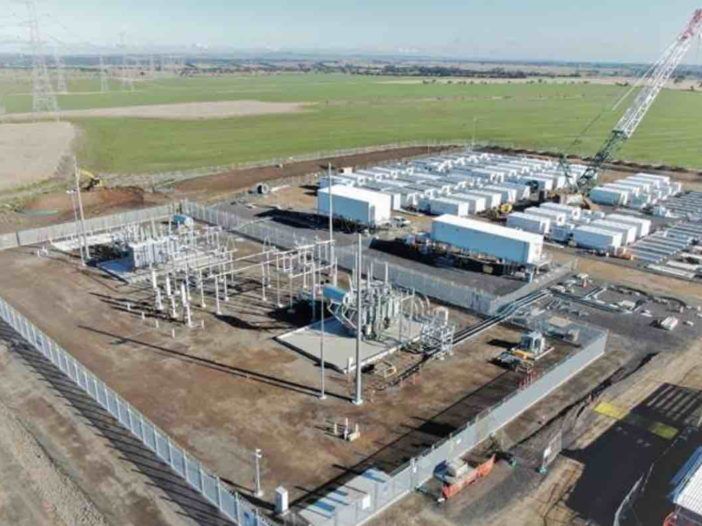A new era of big, grid connected batteries is rapidly dawning on the Australian grid, both in terms of capacity and storage as the market dynamics change along with the increase in large scale wind and solar, and rooftop installations.
To date, big batteries have mostly been focused on delivering network services to the grid – frequency control, synthetic inertia and as “virtual synchronous machines”, where they have shown they can replicate, and even out-perform, the synchronous qualities of coal and gas plants.
In terms of what most people would understand as energy storage – time shifting excess wind and solar output to times of the day when it might be more useful – they have been doing little of that, mostly because the market can still rely on the back-up power installed to support existing fossil fuel generators.
But as the amount of wind and solar continues to grow, and as the retirement of coal and gas plants accelerates, the opportunity for time shifting wind and solar is emerging and the number of battery storage projects looking at up to four hours of storage is growing rapidly – many from Australia’s biggest fossil fuel generators.
EnergyAustralia is planning a 350MW big battery with four hours storage at Yallourn in Victoria, which is due to close in 2028. AGL is building a 250MW big battery with up to four hours storage at Torrens Island in South Australia, where it is closing and mothballing ageing gas units, and plans a similar installation at the Loy Yang coal generator in Victoria. Origin is looking at a big four-hour battery at Eraring.
Alinta is proposing a 30MW/120MWh battery at Port Hedland, where it operates a gas generator that supplies its big mining customers, and is looking to install a 90MW solar farm to respond to their desire for cleaner, and cheaper electricity.
